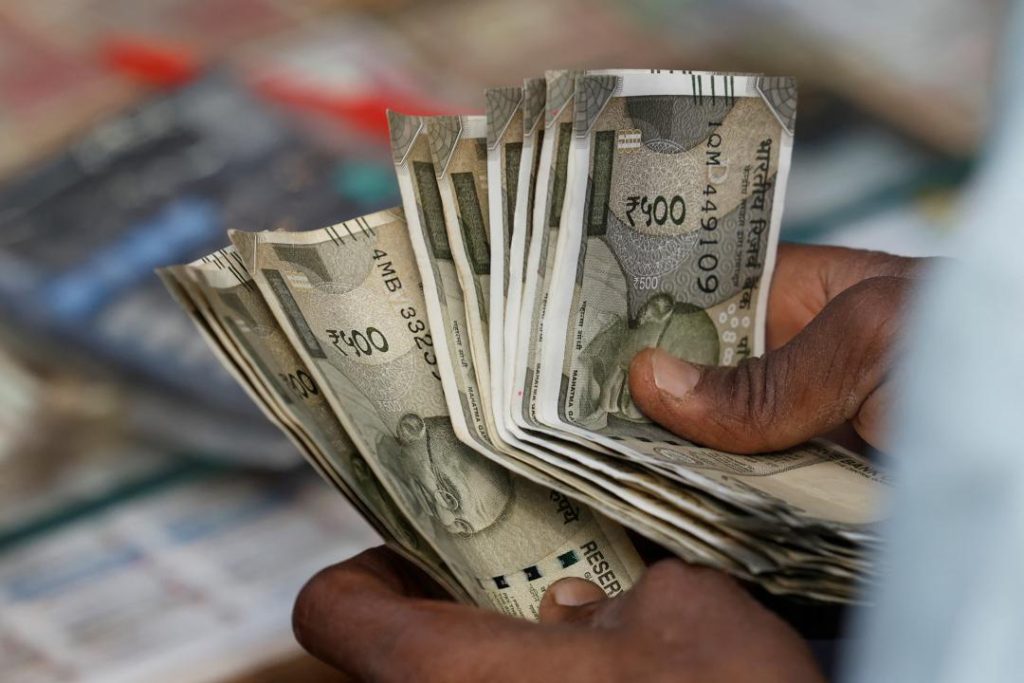
What got cheaper & costlier in March as CPI falls to 67-month-low of 3.34%?
In a welcome respite for consumers, India’s retail inflation fell to a 67-month low of 3.34% in March, as per the data released by the Ministry of Statistics and Programme Implementation. This decline in inflation is a result of a decrease in prices of essential commodities such as eggs, vegetables, and pulses. On the other hand, some items like spices, meat, fish, housing, recreation, and amusement saw marginal price drops, while fruit prices witnessed a significant jump. Meanwhile, prices of cereals, milk, oil, sugar, confectionery, clothing, snacks, sweets, pan, tobacco, footwear, fuel, and health and education saw moderate rises.
What got cheaper?
Eggs, a staple food item in Indian households, saw a notable decline in prices, with a decrease of 14.11% in March compared to the same period last year. This is a significant relief for consumers who were facing concerns over the rising cost of food commodities. Vegetables and pulses also saw a considerable drop in prices, with a decline of 9.43% and 12.15%, respectively.
Spices, meat, fish, and housing saw marginal price drops, with decreases of 0.55%, 0.45%, 0.38%, and 0.25%, respectively. Recreation and amusement activities, such as movies, travel, and leisure activities, also witnessed a slight decline in prices, with a decrease of 0.23%.
What got costlier?
Fruit prices, on the other hand, saw a significant jump, with an increase of 20.51% in March compared to the same period last year. This is a concern for consumers who rely heavily on fruits as a source of essential nutrients.
Cereals, milk, oil, sugar, confectionery, clothing, snacks, sweets, pan, tobacco, footwear, fuel, and health and education saw moderate rises in prices, with increases ranging from 0.34% to 4.15%. These price increases are likely to have a moderate impact on consumers, but it is essential to monitor the trend to ensure that prices do not spiral out of control.
Why did CPI fall?
The decline in retail inflation can be attributed to several factors, including a decrease in global commodity prices, a good harvest season, and a decline in fuel prices. The government’s efforts to control inflation, such as the announcement of a special package to support agriculture and the reduction in fuel prices, have also contributed to the decline in inflation.
What does this mean for consumers?
The decline in retail inflation is a welcome relief for consumers, who were facing concerns over the rising cost of living. The decrease in prices of essential commodities such as eggs, vegetables, and pulses will help to reduce the burden on household budgets. However, it is essential to monitor the trend and ensure that prices do not rise again.
Conclusion
The decline in retail inflation to a 67-month low of 3.34% is a positive sign for the Indian economy. The decrease in prices of essential commodities will help to reduce the cost of living for consumers. However, it is essential to monitor the trend and ensure that prices do not rise again. The government’s efforts to control inflation and support agriculture will play a crucial role in maintaining the trend.






